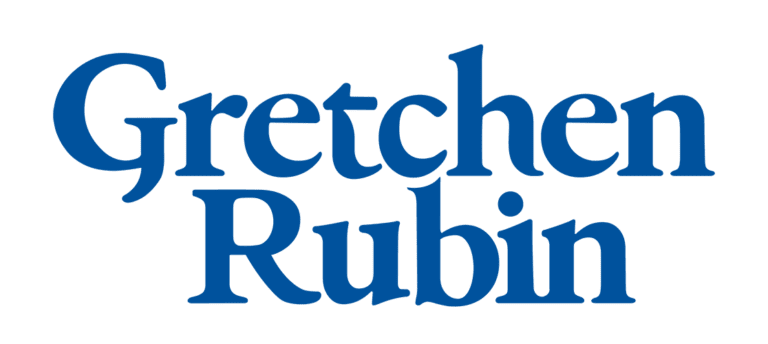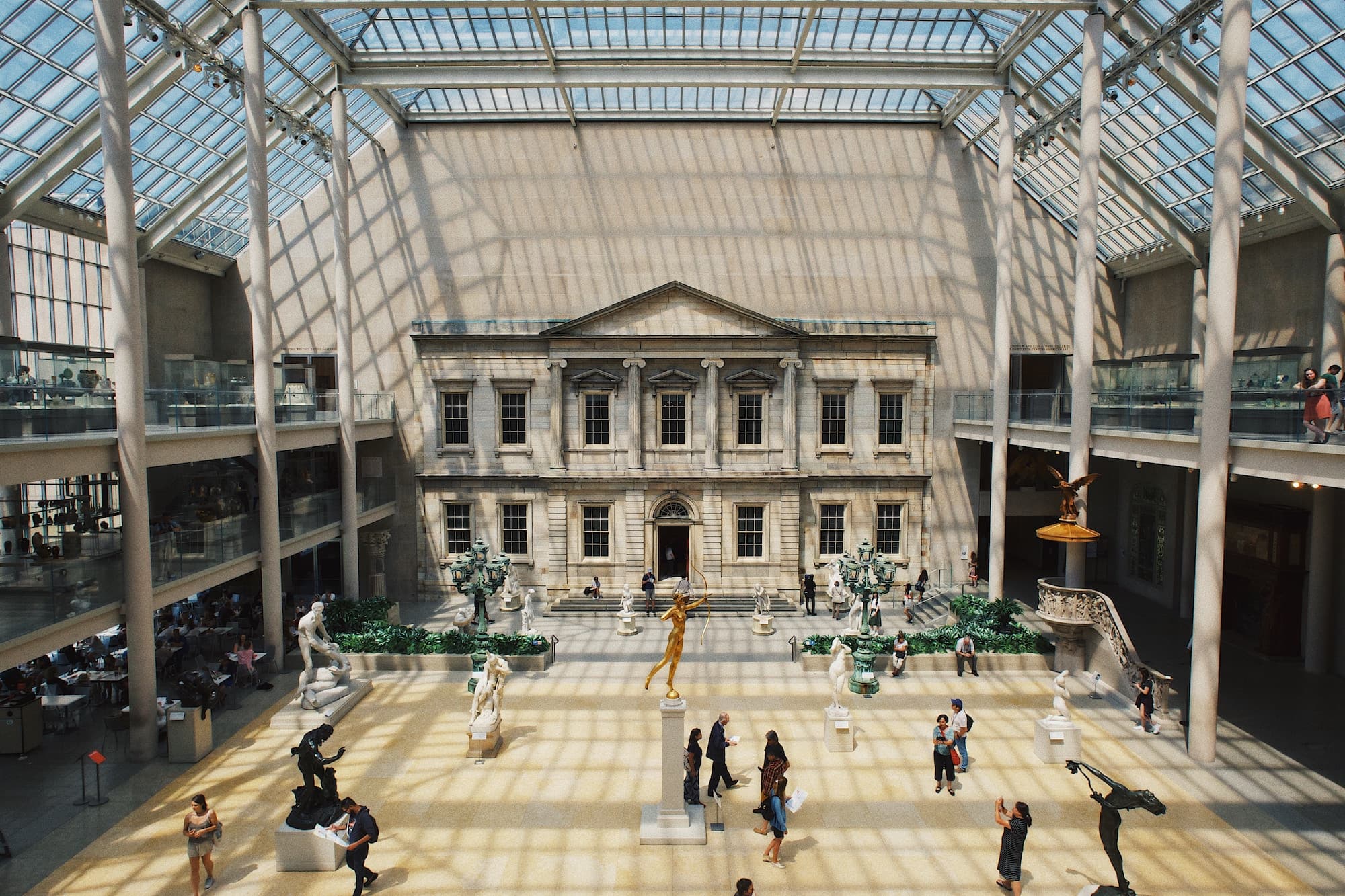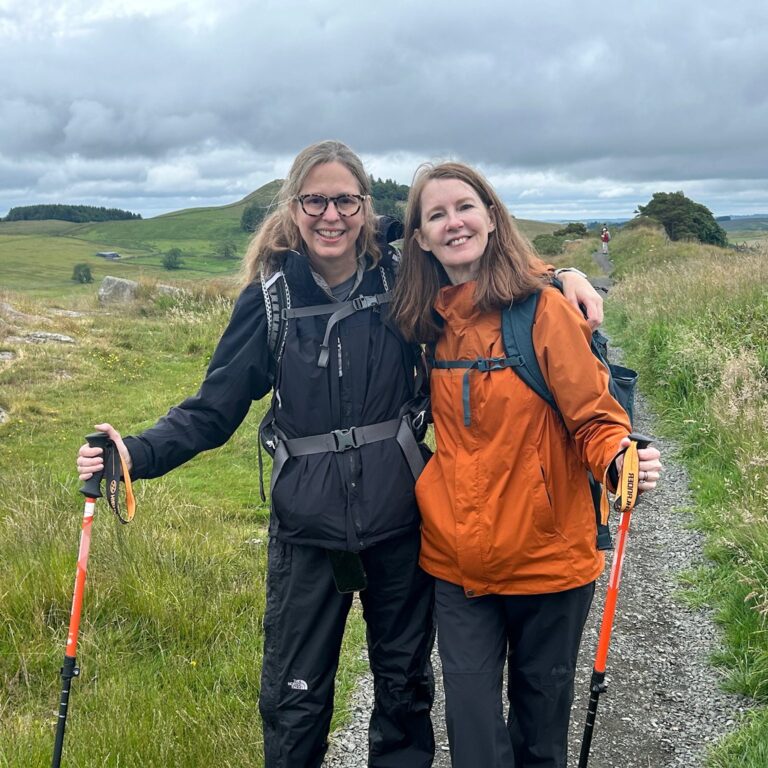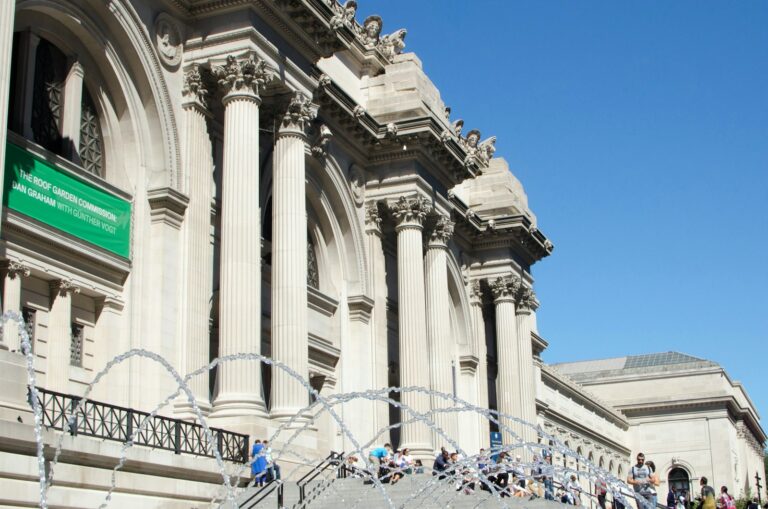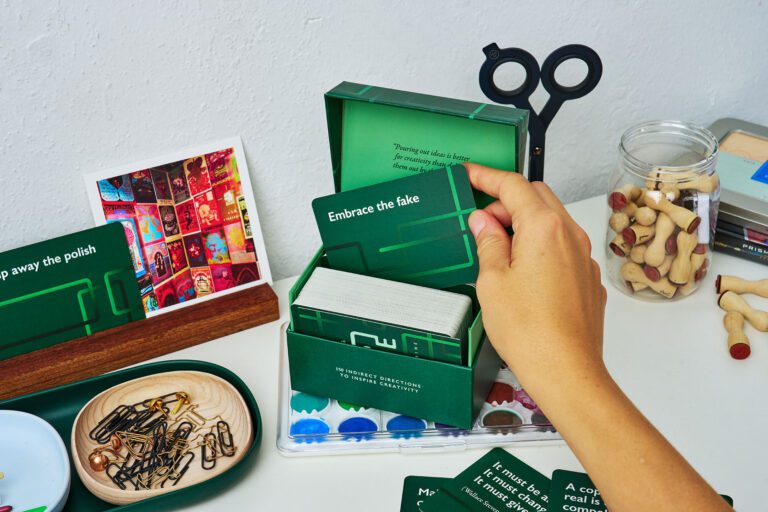Soon, Elizabeth and I will reveal our “20 for 2020” lists in episode 255 of the Happier podcast.
One item on my list is particularly ambitious: it’s my Metropolitan Museum experiment.
For the year of 2020, every day that I’m in New York City and the Met is open, I will visit. Every single day.
Why?
For my next book project, I’m exploring…I don’t yet know how to describe it. I want to shake myself, I want to reach my mind through my body, I want to waken my senses, I want to appreciate this moment and this time of life. I want to wake up!
I want to explore a physical space, to look and listen more intensely. I want to notice other people. I want to think about repetition, and time, and how experience changes over time and with repetition. I’m very interested in repetition—which is why, I finally realized, I’m intrigued by the work of people like Andy Warhol and Gertrude Stein. It was Andy Warhol who wrote:
Either once only, or every day. If you do something once it’s exciting, and if you do it every day it’s exciting. But if you do it, say, twice or just almost every day, it’s not good any more. – The Philosophy of Andy Warhol
I also want to explore the Met itself. To me, the Met represents many things: history, beauty, a physical experience, and also…limitlessness. I feel like I could never reach the end of the Met. Could I reach the end of the Met? What would that feel like?
Also, it’s a treasure, within walking distance of my apartment, and I don’t make enough use of it. I want to explore it, know it, so that I can take advantage of everything it offers. It worries me that I leave it untapped. I used to feel this way about Central Park, too, but now that I walk there every day, I do feel like I’m appreciating the park constantly. One of my Twelve Personal Commandment is to Spend out, and I want to spend out with the Met.
I want to make the Met so familiar that it feels like it’s mine. I remember in law school, I spent so much time in the law-school library that I would’ve felt completely comfortable walking around in my pajamas or drying my hair at my carrel. I knew every inch, I recognized every face, I’d spent countless hours there. I met my husband Jamie there (less positive: I attracted the attention of a stalker there), I wasted time with my friends, I stored my stuff, it felt more homelike to me than my dorm room. I love that feeling.
We extend ourselves into the places around us; we fashion our surroundings as snails build their shells. Can I inhabit the Met? Can I…reach across it, encompass it?
And finally, often when I experience something extraordinary, I get an uncomfortable feeling—a feeling like a blockage, a feeling of frustration: I feel compelled to transform what I’ve experienced into something, myself, and I almost never have the skill to do that. Maybe I can swallow the Metropolitan Museum by writing about it. (I describe this uneasy feeling in this three-minute episode of “A Little Happier.”)
In my Met experiment, I want to put it to use; I want to use it up.
Usually, when I go to the Met, in the back of my mind I’m thinking, “We only have a certain amount of time. We can’t do this or that, we need to focus on why we came.” With this experiment, I want to give myself so much time that I can do everything.
I anticipate many wonderful visits to Visible Storage—one of my favorite places—such a strange, liminal concept. The Garden Court—koi swimming in a pond, plants growing! The toothy cow that my daughter Eliza and I go see, every time we’re together there. The Tiffany fountain that always makes me think: If something is too pretty, does it mean that it can’t be beautiful?
Curiosity—the willingness to be surprised—the embrace of boredom—the cultivation of knowledge and discernment. It’s all part of this experiment.
I’m an Upholder, so of course I want to figure out the rules for my Met Experiment.
- I can listen to a podcast on my way there and back, but I can’t listen to anything while I’m there. I need more silence in my life, and I want to focus on the experience. (From time to time, as part of the experiment, I can listen to an audio-guide, however.)
- As I cross through the doors into the Met, I allow my mind to clear, and to turn my attention away from annoyances, reminders, petty grudges, etc. and instead cultivate a contemplative, present, and receptive state. I imagine my senses stretching out to explore and enjoy my surroundings.
- I seek out and use all the resources and opportunities I can: libraries, cafes, audio-tours, every gallery and staircase, the gift shops, early morning arrivals, late closing times on the weekends, special exhibits, etc.
- On some days, I’ll read up on a particular work ahead of time, and then go look at it. I bought a couple of books to consult. This will give me a quest, and also help me to know what to look for in an unfamiliar work. The more we bring to something, the more we get from it.
- Each month, starting in February, I will choose a particular object that I will return to at every subsequent visit for the rest of that month. What object is so compelling that it can withstand so much scrutiny? It will be a challenge to choose it. And how will those visits change it? Again, I want to explore the power of repetition.
- Some visits will be about the space, not the items. What’s the experience of being in this space? The Met is empty yet crowded. It’s often noisy, but has a hushed quality nevertheless. It’s concrete yet transcendent.
- Sometimes I will let myself (or force myself?) to wander—just to go wherever my feet take me.
- I’ve “visited” if I’ve passed into the Great Hall.
- I will try to visit everything featured in one of my favorite books of all time, the masterpiece From the Mixed-Up Files of Mrs. Basil E. Frankweiler—sadly, many of the most important pieces no longer exist in the museum.
- I’ve visited if I come with a friend.
- I will memorialize each visit by taking a photo for the 1 Second Every Day app, so that at the end of the year, I’ll have a little record.
Do I to formalize my rules? For instance, do I need to set intervals for #4? Perhaps.
What other “rules” might I apply to make this experiment richer? Any ideas?
I realize of course how utterly fortunate I am to be able to do this project. I live within walking distance of the Met! When I first had the idea to do this, I told my college roommate about it—and she said drily, “Note to self: move within walking distance of the Metropolitan Museum.” Point taken.
But here’s the thing: I’ve lived within walking distance for years. The capacity to do something is no guarantee that I’ll do it. Now I will.
For my next book, I want to get to the inside through the outside. This experiment is one way of experiencing the outside.
One thing that puzzles me about art museums: for most people, what’s the role of the art? What’s the role of the art, for me? I always think of myself as not being very visual—but is that true? True or not, I do want to learn to see more intensely. How does the art shape the experience of this museum? Why do people—and I—go to museums?
I can’t wait to start.
Send along any observations, reflections, suggestions you might have for me…January 1 is coming up soon.
